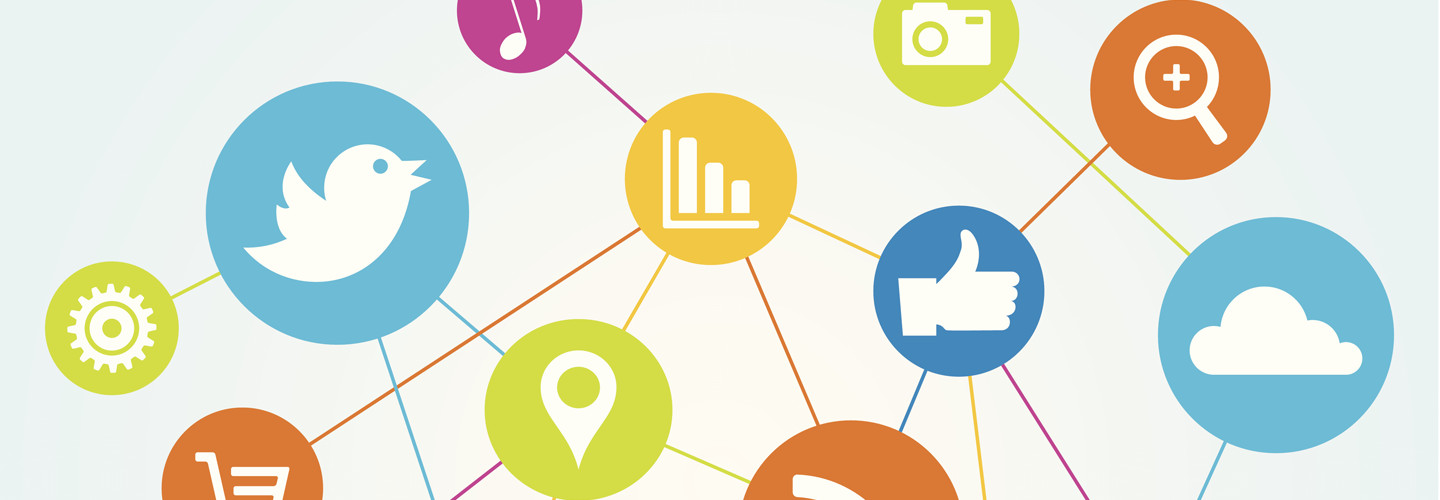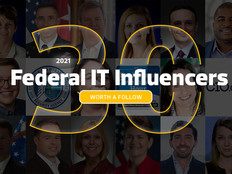Social Media Is a Goldmine for Government
The richest source of defense intelligence is also the most troublesome, according to one Defense Intelligence Agency official.
“It’s basically the same source, and that’s social media,” said Dan Doney, DIA’s chief innovation officer. “We’ve seen recently in conflict social media has enormous value in an intelligence understanding of the situation on the ground.”
Speaking at the Nextgov Prime conference in Washington, D.C., on Tuesday, Doney talked about the benefits and challenges that social media present.
“What we know is our adversaries are using this information for influence operations,” he said — a realm that government tends to stay away from. He described influence operations as “owning the information space for the purpose of getting your message out and building coalitions.”
Adversaries in modern conflict do not have significant infrastructure they can rely upon, so they use open sources to engage in conflict, Doney noted. “We must understand these sources and move at the pace information moves.”
Civilian agencies are also using social media to gauge public sentiment and gather meaningful data.
How the Fed Uses Sentiment Analysis
The Federal Reserve Board is exploring which new media and emerging data sets can help to understand economic activity, said Micheline Casey, its chief data officer.
Traditional forecasts are based on data sets that may be up to a year old, Casey noted. “There is much more of a push now to say, “What can we do leveraging technology but also these newly emerging data.”
The board’s Division of Consumer and Community Affairs is starting to use sentiment analysis and social media to look at emerging areas and issues, related to the mortgage industry as well as problems with credit cards and auto loans, Casey said. While social media data may not be as statistically accurate as information used for setting interest rates, she said, the sets will help to identify “indicators and signals that can give us better insight as to what’s actually going on instead of just leveraging older data.”
“Their job is to protect consumers, so certainly sentiment analysis is a really good way to get a pulse on what’s happening,” Casey said.








